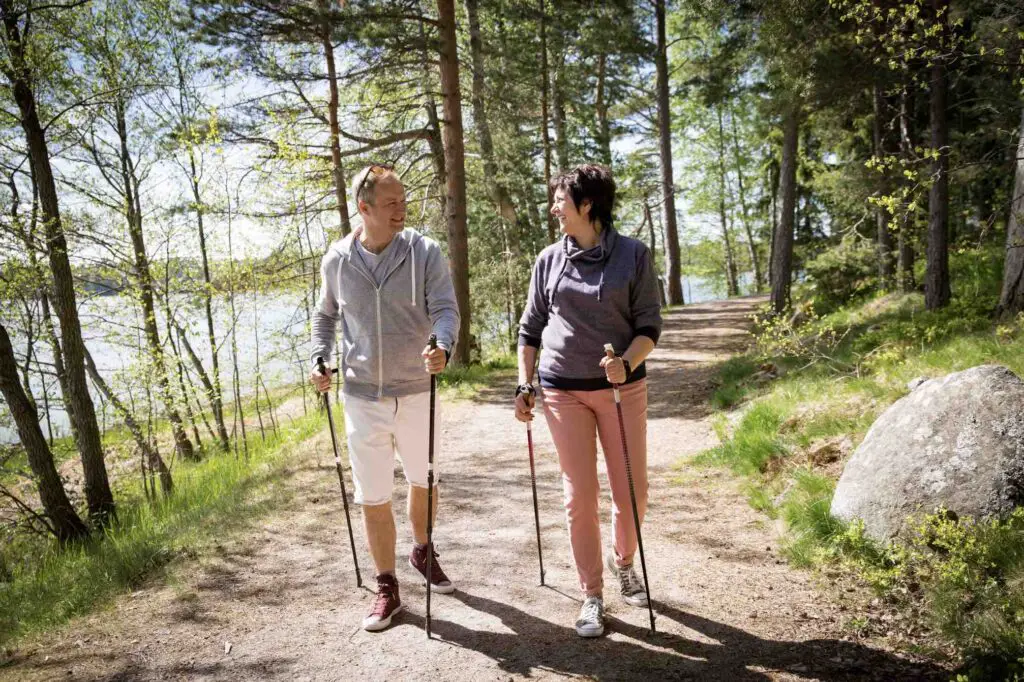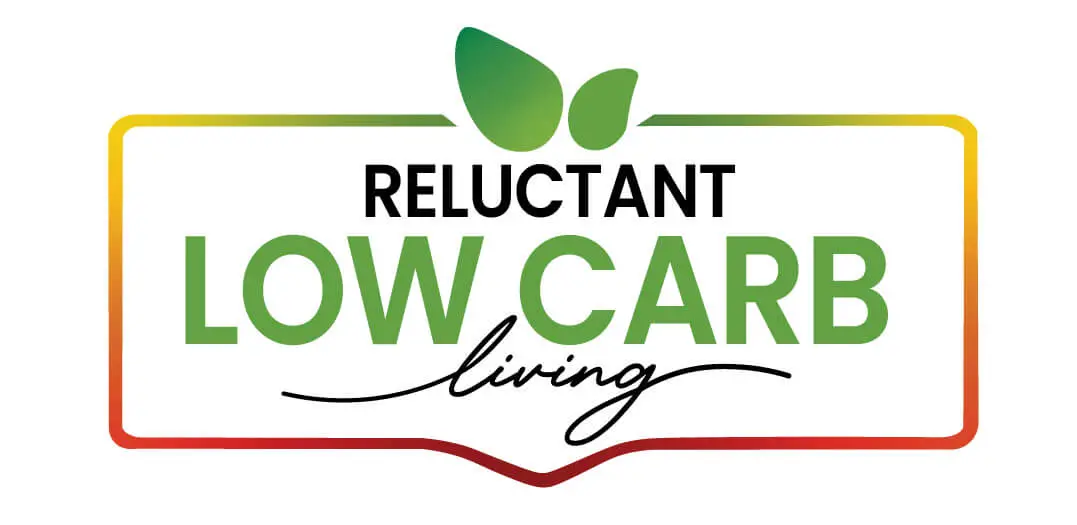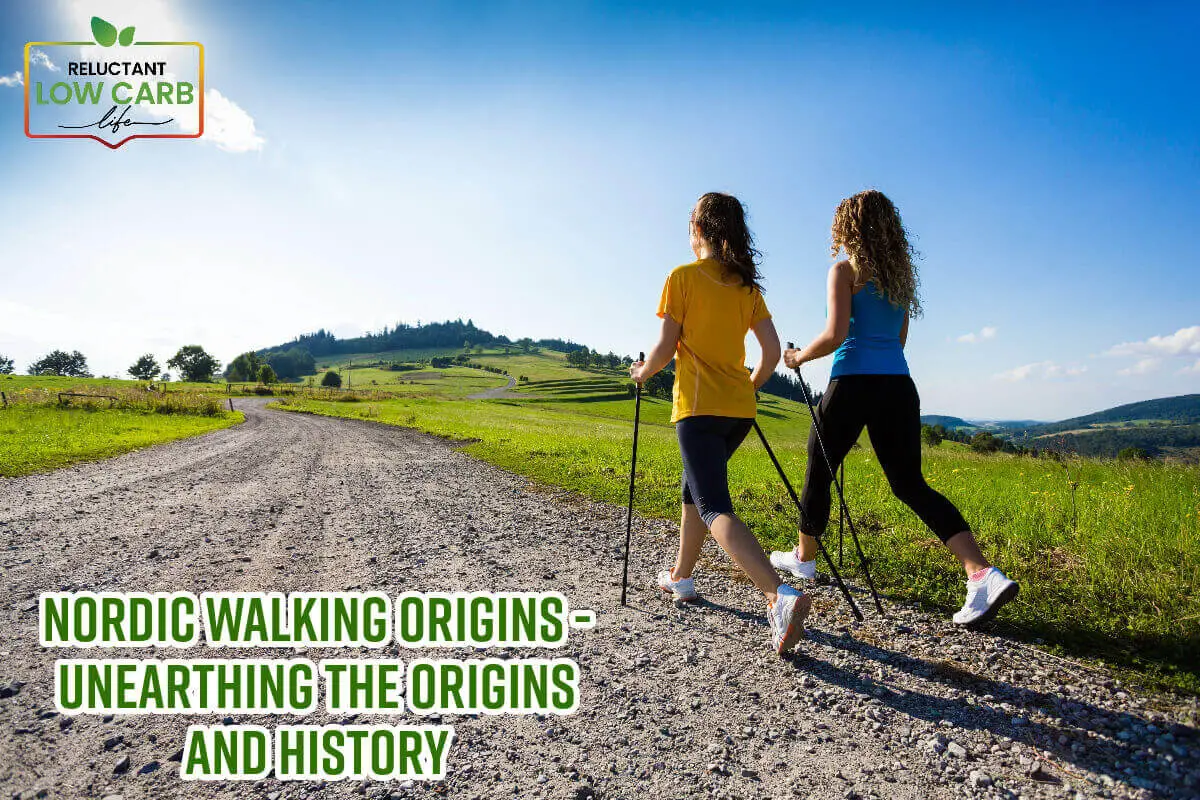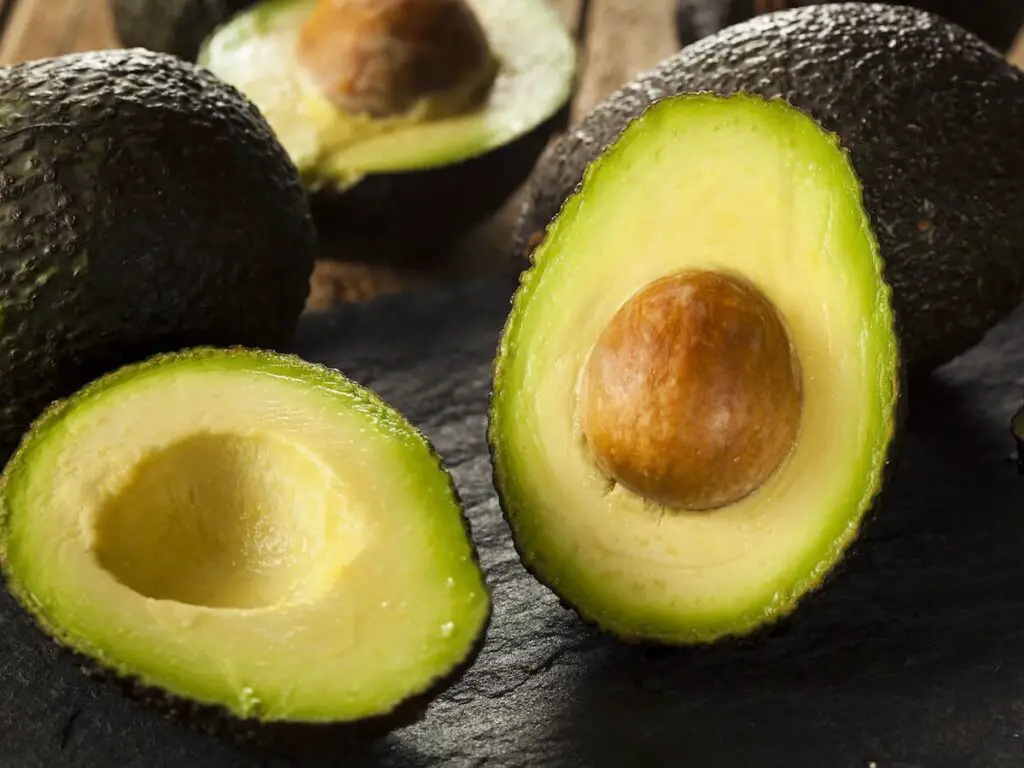Nordic walking is a fantastic sport involving numerous muscle groups beyond traditional walking. This is one of the key reasons why I’m so passionate about it.
The history and origins of Nordic walking are intriguing, tracing many years. The sport’s growth is primarily credited to Finland, where it was actively promoted. Join us as we delve into the captivating history and origin of Nordic Walking.
Table of Contents
- Unearthing The Origins Of Nordic Walking: A Fascinating Journey Into History
- The Birth Of Modern Nordic Walking
- Nordic Walking As A Training Method
- The Birth Of Formal Nordic Walking Techniques
- Health Benefits And Scientific Of Nordic Walking
- Related Question
Unearthing The Origins Of Nordic Walking: A Fascinating Journey Into History
Nordic walking, a fitness phenomenon celebrated for its numerous health benefits and accessibility, has been embraced by enthusiasts worldwide. To truly understand and appreciate this outdoor activity, it’s essential to delve into its rich history and origins.
We will embark on a fascinating journey through time to explore the roots and evolution of Nordic walking, uncovering how this activity emerged from a simple training tool into a global fitness sensation.
The Early Nordic Connection
The story of Nordic walking begins in Scandinavia, particularly in Finland, Sweden, and Norway. These Nordic countries have a rich history of embracing the outdoors and maintaining a solid connection with nature.
For centuries, Nordic people relied on various forms of walking with poles to navigate rugged terrains, dense forests, and snow-covered landscapes.

The Birth Of Modern Nordic Walking
The transition from traditional pole use to modern Nordic walking can be traced back to the early 20th century. Often regarded as the birthplace of Nordic walking, Finland played a pivotal role in its development.
Cross-country skiers in Finland began using walking poles during the summer months to maintain their fitness levels. These athletes found that engaging their upper bodies with poles could simulate the cardiovascular benefits of cross-country skiing, even without snow.
The Pioneers Of Nordic Walking
While the concept of using poles for walking gained traction among Finnish athletes, it was not until the 1960s that Nordic walking took a significant step towards becoming a formalized fitness activity.
Leena Jääskeläinen, a Finnish PE instructor, is often credited as one of the pioneers of modern Nordic walking. He began promoting walking poles as a fitness activity and developed early techniques to maximize its benefits.
Nordic Walking As A Training Method
In the 1970s and 1980s, Nordic walking gained recognition as a valuable training method for cross-country skiers. Athletes, coaches, and sports scientists recognized the potential of Nordic walking to enhance overall fitness, endurance, and upper body strength.
It became an integral part of the training regimens of many Finnish and Scandinavian athletes.
The Spread Beyond Scandinavia
While Nordic walking was initially confined to Finland and other Nordic countries, it gradually began to gain international attention. In the 1990s, Nordic walking crossed borders and found its way to other parts of Europe, including Germany and Austria.
This expansion was driven by fitness enthusiasts, physiotherapists, and health professionals who saw the value of this low-impact, full-body exercise.
The Birth Of Formal Nordic Walking Techniques
As Nordic walking continued to evolve, so did the techniques associated with it. Organizations and experts began developing structured methods to ensure the activity was safe and effective.
Mauri Repo, one of the most influential figures in this regard, played a crucial role in creating the Nordic Walking technique. This widely recognized system emphasizes proper form and posture.

Nordic Walking Goes Global
In the 21st century, we have witnessed the global expansion of Nordic walking. The activity transcended its Scandinavian origins to become a worldwide fitness sensation. Countries across Europe, North America, Asia, and beyond embraced Nordic walking, each with its adaptations and variations.
Health Benefits And Scientific Of Nordic Walking
As Nordic walking gained popularity, scientific research began to shed light on its numerous health benefits. Studies revealed that Nordic walking provided an excellent cardiovascular workout, engaged multiple muscle groups, improved posture, and reduced joint stress.
These findings contributed to the activity’s appeal among individuals of all ages and fitness levels.
The Role Of Nordic Walking Associations
Nordic walking associations and federations were crucial in promoting and standardizing the activity. These organizations have developed certification programs, established instructor guidelines, and organized events to bring Nordic walking enthusiasts together. Their efforts have helped maintain the integrity of Nordic walking as a fitness activity while fostering a sense of community among participants.
The Future Of Nordic Walking
Looking ahead, the future of Nordic walking appears promising. As more people recognize its benefits and adapt it to their lifestyles, the activity continues to evolve. Innovations in equipment, such as the design of ergonomic walking poles, contribute to the comfort and effectiveness of Nordic walking.
Its adaptability to various terrains and fitness levels also ensures its relevance for future generations.

Nordic Walking’s Enduring Legacy
In conclusion, Nordic walking has come a long way from its humble beginnings as a training tool for cross-country skiers in Scandinavia. It has evolved into a globally embraced fitness activity with a rich history, a bright future, and a legacy of promoting physical health, mental well-being, and a profound connection with the great outdoors.
The story of Nordic walking is a testament to human innovation, resilience, and our enduring desire to stay active, healthy, and connected to nature. As you pick up your poles and embark on your Nordic walking journey, remember this unique activity’s remarkable history and enduring legacy.
At Reluctant Low Carb Life, we are staunch advocates of the Health Trifecta: Fullness, Fitness, and Freshness. Additionally, we embrace the pillars of health, wellness, and graceful aging. Our mission is to provide honest and precise information to individuals dedicated to adopting a healthy lifestyle while enhancing their overall fitness and well-being.
We have a free monthly newsletter that is filled with information and helps you remain updated. Subscribe to the Reluctant Low Carb Life newsletter by clicking here.
Listen to our weekly podcast, Reluctant Low Carb Life, on all the major podcast platforms by clicking here.
Follow us on Instagram and Facebook by clicking here.
Related Question
What Does It Mean If You Crave Sugar On Keto?
Being on a keto diet should help you not to crave sugar. But some people who are on a keto diet may still crave sugar. You could still crave sugar for many reasons, including eating hidden sugars in your foods and drinking too much diet soda. Or your keto diet includes too many carbs, or you are addicted to sugar.
You can read more about What Does It Mean If You Crave Sugar On Keto? by clicking here.
Yes, You Can Be Thin And Addicted To Sugar
Unsweetened almond milk should not make you fat. It is low in calories and has no carbohydrates or low sugars. When compared to whole milk, unsweetened almond milk is a much better type of milk to drink. The sweetened version of almond milk is higher in calories, carbohydrates, and sugars.
You can read more about Yes, You Can Be Thin And Addicted To Sugar by clicking here.
How Long Does It Take To Recover From Sugar Addiction?
Sugar can be a long addiction. It may be something that you deal with your entire life. But the good news is that giving up sugar will make it easier to overcome the addiction. You must also find things you enjoy doing that can help replace sugar and sugary foods with healthy alternatives.
You can read more about How Long Does It Take To Recover From Sugar Addiction? by clicking here.








